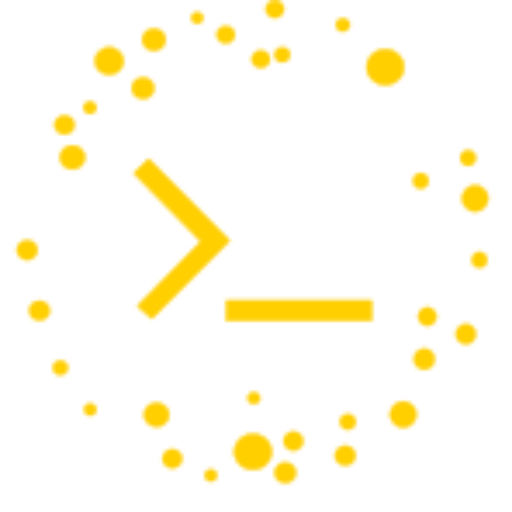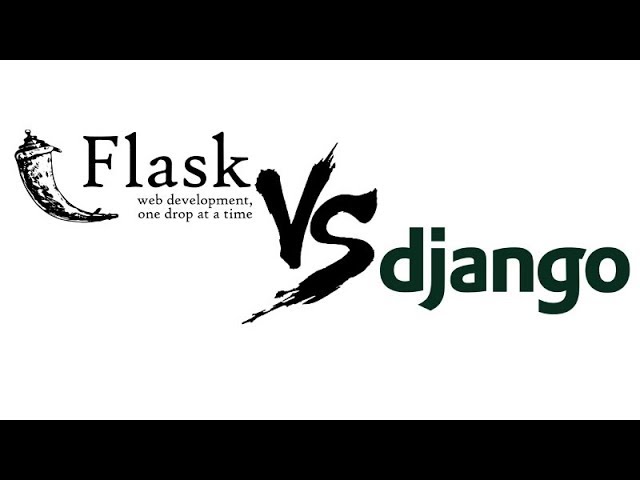Why I Chose Django Over Flask for My Projects is a decision I made after exploring various web development frameworks in my freelance career. While my time using Flask was relatively brief, I quickly realized that Django’s capacity for scaling up, easier long-term maintenance, and robust out-of-the-box features aligned better with my projects. Although I also have considerable experience with Next.js—migration details will be a story for another day—my pivot to Django has proven essential for delivering consistent, reliable, and powerful applications to my clients. In this post, I’ll dive into the specifics of why Django ended up being my go-to choice.
My Minimal Experience with Flask
My foray into Flask involved only a small text-based project. Initially, I appreciated how lightweight Flask was, enabling me to set up a simple web application rapidly. Its micro-framework design gives developers near-complete freedom to pick libraries and structure the application as they see fit. This can be a huge plus for creative endeavours or prototyping. With Flask, I didn’t feel constrained by strict conventions; instead, the entire design was entirely up to me.
However, once I tried to push the boundaries slightly—particularly when incorporating additional functionalities like database integration or user authentication—I found myself searching for multiple external libraries. While this “mix and match” approach might work for smaller apps, it started feeling cumbersome. Moreover, I could see how scaling to bigger projects with multiple developers might introduce a range of organizational and compatibility challenges.
Transition from Next.js to Django (A Story for Another Post)
Before I landed on Django, most of my significant experience revolved around Next.js, a React-based framework known for server-side rendering and seamless front-end performance. I loved its file-based routing, fast refreshes, and out-of-the-box developer conveniences. However, as I began taking on more back-end-centric projects, I needed a solution that offered strong security, well-structured data handling, and easier maintainability for more complex use cases.
The rationale for my pivot from Next.js to Django deserves its own detailed post. For now, I’ll focus on why Django felt like the next logical step after my brief detour into Flask.
Why Django Became My Framework of Choice
1. Comprehensive “Batteries-Included” Philosophy
One of the biggest selling points of Django is its robust, built-in toolkit. From handling user authentication to providing a ready-to-use admin panel, Django takes care of common web development tasks, so I don’t have to reinvent the wheel. This approach reduces the need to wrangle multiple external packages that could become incompatible or poorly maintained over time.
2. Long-Term Maintenance and Scalability
My projects often start small but can evolve into more complex systems. With Django, maintaining and scaling those applications feels more straightforward. Django’s opinionated structure provides the guidance I need when a project grows, preventing the architecture from becoming disorganized. Flask can certainly scale, but I find Django’s predictable patterns and well-defined conventions crucial for larger, long-running client engagements.
3. Secure by Default
Security features like protection against cross-site scripting (XSS), cross-site request forgery (CSRF), and SQL injection come standard with Django. Given that I handle client data and user information, I want a framework that addresses vulnerabilities upfront. Django’s active community also ensures that patches and security updates are quick to roll out, giving me peace of mind.
4. Built-In Admin Interface
Django’s automatic admin panel saves a lot of time, especially when my clients need to manage their own data. Instead of building a separate content management system from the ground up, I can simply configure Django’s admin to suit most client needs. This benefit alone is enough for many small business projects where an efficient and intuitive back-end is a must.
5. Large Ecosystem and Support
Django’s popularity translates into a vast ecosystem of packages and plugins. Whether it’s integrating with payment gateways or optimizing complex queries, there’s a well-documented Django solution or library available. This makes development smoother and more efficient—especially when compared to searching for multiple smaller libraries to replicate the same functionality in a different framework.
Quick Tips to Elevate Your Django Skills
Below are some Amazon-affiliated books and resources that I find helpful for levelling up your Django knowledge:
- Django 3 By Example by Antonio Melé
This book walks through practical, real-world projects to expand your grasp on Django’s core features. - Django Design Patterns and Best Practices by Arun Ravindran
A focused look at best practices and patterns that can help you write cleaner, more maintainable code. - Test-Driven Development with Python by Harry J.W. Percival
Learning how to test effectively is critical for long-term maintenance, and this book is a thorough guide for Django-specific TDD.
Newsletter Subscription
Want more insights on Django, Next.js, and other web development frameworks? Subscribe to my newsletter for exclusive tips, tutorials, and a behind-the-scenes look at my latest projects. Join our growing community of freelance developers who thrive on continuous learning!
Final Thoughts
Why I Chose Django Over Flask for My Projects boils down to reliability, structure, and the ability to scale. While Flask is fantastic for lightweight applications or quick prototypes, Django shines when you need a rock-solid, comprehensive solution that’s secure, easy to maintain, and ready to grow. For a freelancer like me, juggling multiple clients and working on projects that can expand significantly, Django offers a level of stability and uniformity that I couldn’t find elsewhere.
That said, every framework has its strengths. For those who want the bare minimum and total creative freedom, Flask might still be appealing. But if your goal is to build maintainable, scalable apps—backed by a large community and extensive built-in features—Django is worth the investment.
Final List: Key Takeaways
- Evaluate your needs: If you aim to build robust, scalable apps, Django’s structured approach is a game-changer.
- Security matters: Out-of-the-box security features make Django a dependable option for client-facing projects.
- Leverage the built-in admin: Cut down on development time by making full use of Django’s pre-built dashboard.
- Explore the community: Countless Django packages exist to handle tasks ranging from payments to advanced queries.
- Keep learning: Whether you’re transitioning from frameworks like Next.js or just starting with Python, continuous exploration and testing will refine your skills.


Leave a Reply